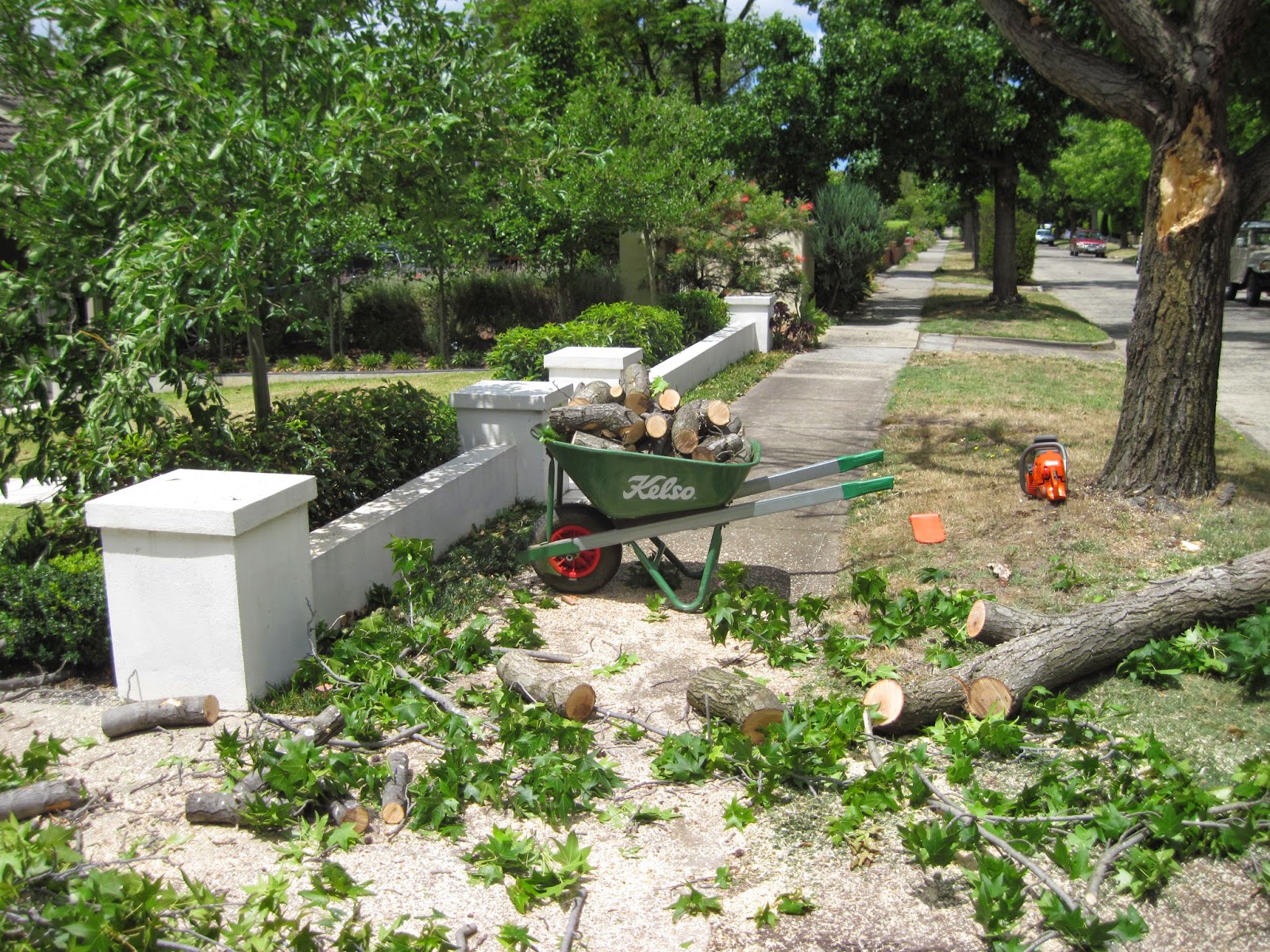We let the lawn die off over summer (with some help from intensive guinea pig grazing) and so did the silverbeet. In an easy way to clean up productives past their prime we ran the mower over them. This left some stalks that we thought were dead.
But the plants have re-sprouted from the sides of the stubs just like a tree coppicing from the stool.
We are developing a nice little silverbeet crop again.












































